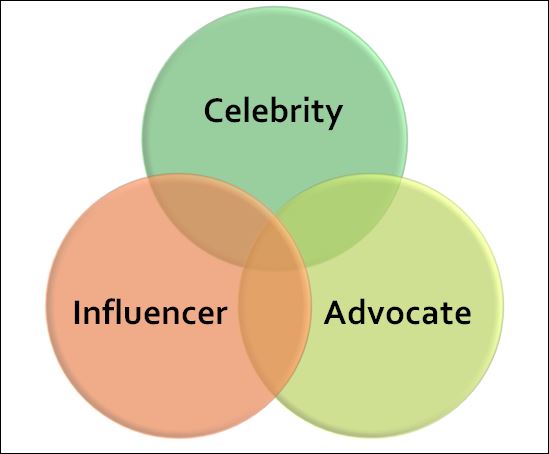By Mark Schaefer
One of the things I took away from the recent SXSW conference is the frenzied search going on to find new ground for our marketing messages. The media landscape is a mess. TV, radio, and newspaper advertising are in a freefall. Online ad click-though rates are dropping. Nobody is quite sure how to master “native advertising” that cleverly embeds ad messages in content.
All the old “pipelines” for our content are drying up. So one viable alternative is to borrow somebody else’s pipeline.
Today, bloggers, podcasters, and home video producers are gaining consumer mindshare through their passionate and entertaining content. No wonder this is the new media gold rush — influencer outreach.
I have a 360-degree experience with this trend as I strategize with clients, advise agencies, and become a target for outreach programs myself. And what I see is not pretty. Sure we have tons of content. We have lots of wonderful new alternatives to identify influencers. Now, what do we do about it?
I think the core competency that needs to develop is a mindset transformation from a “purchaser of ad space” to a “developer of relationships.” Here is a model to get you thinking about this in a new way.
There are three social media influencer pipelines available to us today … let’s look at what this means.
Celebrity
Think in terms of Kim Kardashian and the huge and rapt social media channel she has developed.
- Influence is based on “being known”
- No “rich” content like blogs necessary
- Enormous “pipeline”
- Endorsement is purchased
- Little or no true brand engagement
- Goal: “Image.” Certain brands may pay to access this pipeline just to be associated with this person’s image and lifestyle.
Influencer
Think in terms of a blogger like Chris Brogan who might promote products through their content, including products unrelated to his core business
- Influence based on authoritative, original content and social proof of a large following
- Brand content may be sponsored (purchased)
- Large, engaged “pipeline”
- Limited brand engagement, i.e. probably no organic advocacy exists without sponsor dollars
- Brand goal = “Awareness”
Advocate
Think of a content creator who creates passionate videos about their favorite fashions and shopping experiences.
- Influence based on passion and authority
- Targeted, relevant “pipeline”
- Authentic content
- Organic, unpaid advocacy
- High brand engagement due to true belief in the product and company
- Goal “Drive word of mouth attention and sales”
All of these “pipelines” are legitimate options depending on brand strategy but in a short blog post, I can only cover this on a very high level!
Obviously there are many complications and nuances to this general idea. For example, as the diagram above indicates, there can be overlaps. An “influencer” like Chris Brogan can also be an authentic advocate (and he often is). An advocate can also be a celebrity, of course.
Arguably somebody like Seth Godin could fit in all three categories — he is a celebrity often featured through the mainstream media, he is a content-based influencer, and he goes out of his way to authentically advocate people and products he believes in, without compensation.
The transformational challenge

These connections are not established through money, sponsorships, and endless streams of infographics. They only occur through authentic helpfulness and genuine personal connection. This requires a change in approach from “buying space” to “earning hearts:”
- Aim to patiently develop long-term relationships
- Maintain consistent connection — even when you don’t expect anything
- Make a live connection whenever possible. This creates an irreplaceable bond.
- Aim to create a partnership or friendship, not a “target audience”
- Employ scarcity — Make them feel part of something special
- Provide useful content and services built on “trust” not “pay”
There is so much to think about here — I could literally write a post about each of these elements! But I wanted to get the general thinking out there because I see such a dramatic need for this in the marketplace right now.
What do you think about these ideas? Do you have an influencer outreach strategy for your company?
Top photo courtesy Flickr Creative Commons and thepinkpeppercorn. Influencer graphic Copyright Schaefer Marketing Solutions 2013. “Heart of Art” illustration by qthomasbower courtesy Flickr Creative Commons




